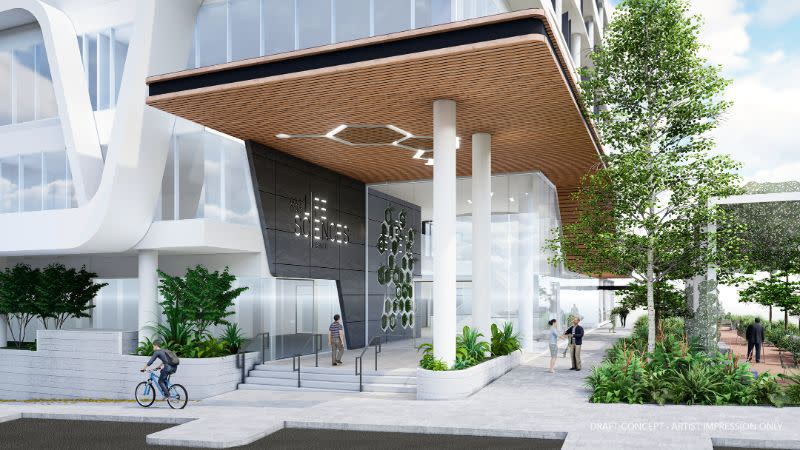
Constrained supply and long-term leases are proving appetising for investors looking for yield diversification in the life sciences market.
The life sciences asset class has suffered a bit of an identity crisis, straddling office, healthcare and industrial.
But the specialised market segment, driven by the ongoing demand for purpose-built facilities that serve life sciences industry participants, is maturing.
Colliers associate director for healthcare and retirement living valuation and advisory services David Mugenyi said there had been a notable surge in occupier demand.
“There has also been increased interest from institutional funds looking to invest in Life Sciences property assets, thanks to state and federal govenrment policies, which aim to reduce Australia’s reliance on the global supply chain for pharmaceuticals and vaccines,” Mugenyi said.
“The availability of purpose-built life science facilities in the market remains limited, creating a gap between demand from occupiers and the ability of landlords to provide suitable space.
“Given constrained supply and attractive long-term leases typically exceeding 10 years, life science assets come with an appealing yield profile ranging from 4.75 per cent to 5.5 per cent.”

Colliers director Ash Dean said Melbourne’s Ferntree Business Park at Notting Hill and near the Monash Business Park precinct continued to lure the biomedical industry.
“Over the last few years we have seen a significant rise in enquiry from biomedical and life sciences occupiers seeking space in the Monash precinct,” Dean said.
The Gray Puksand-designed Ferntree Business Park is a new-generation business park that has created a lifestyle precinct through clever planning and design.
According AusBiotech, the number of life sciences organisations has increased 60 per cent from 2017 to 2022 and significant government investment has accelerated this further.
And a recent Knight Frank report has ranked the life sciences asset class fourth for capital allocation in the next 18 months.
Life sciences continues to boom as the industry’s revenue is forecast to grow to $10 billion in the next five years and it’s all green lights for property investors.
Superannuation funds and offshore capital are diving into the life sciences property sector, according to a report commissioned by Colliers and Harrison Street this year, while developers compete for prized land close to medical precincts.